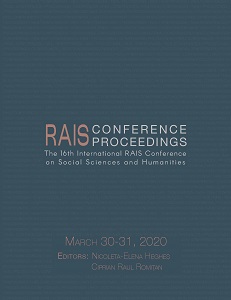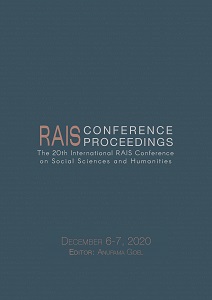
The Structure of Functioning of the Curricular Design Activity from the Perspective of Computer Science
Our study analyzes an epistemological and practically interdisciplinary issue at the intersection line between curriculum theory and Computer Science. We will consider an ideal model of curricular design that can be computer-aided at system level and educational process.The general aim is to value the educational backgrounds of the curriculum, identified and developed at the level of education's endowments, by means of appropriate informational means: a) macrostructural, valid at the scale of the entire education system; b) microstructural, valid for the entire educational process.The specific objectives aim at the pedagogical and informatic analysis of the correlation between: a) the macrostructural finality of education and the curriculum project of the reform of education; b) microstructural finalities of instruction and curriculum projects promoted at all disciplines and levels of education.The fulfillment of these two specific objectives implies the capitalization of adequate informational means fixed normative and methodological at the level of fundamental concepts: data, information, database, algorithm, networks, external and internal feedback.At the level of the curriculum, the training must ensure: a) the deduction of the concrete objectives from the learning objectives of the unit, the chapter, etc. - validated by computer, by fixing the database; b) logical ordering of contents - computer-validated by the positive formative generated effects; c) permanent pedagogical correlation between objectives - basic contents - methods - evaluation, validated by using efficient algorithms under existing network conditions or created especially by the teacher; d) continuous evaluation of the results achieved with the activity-regulating-self-regulation function - informatic validated in terms of external and internal feedback.
More...















